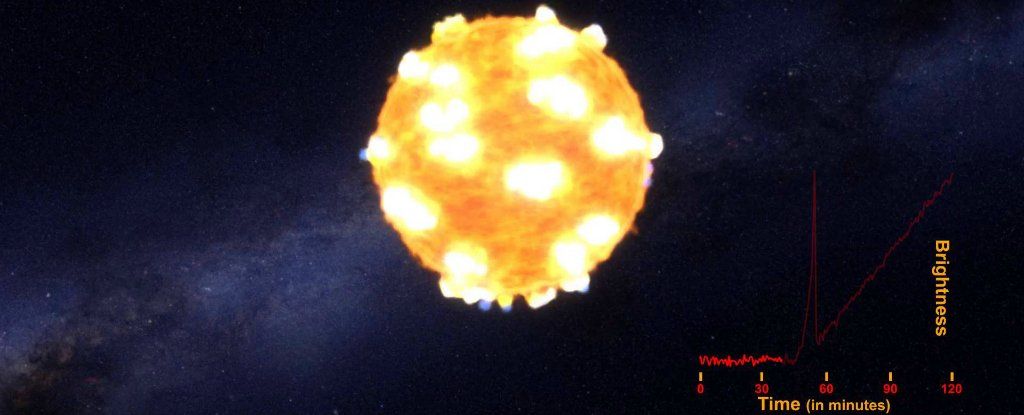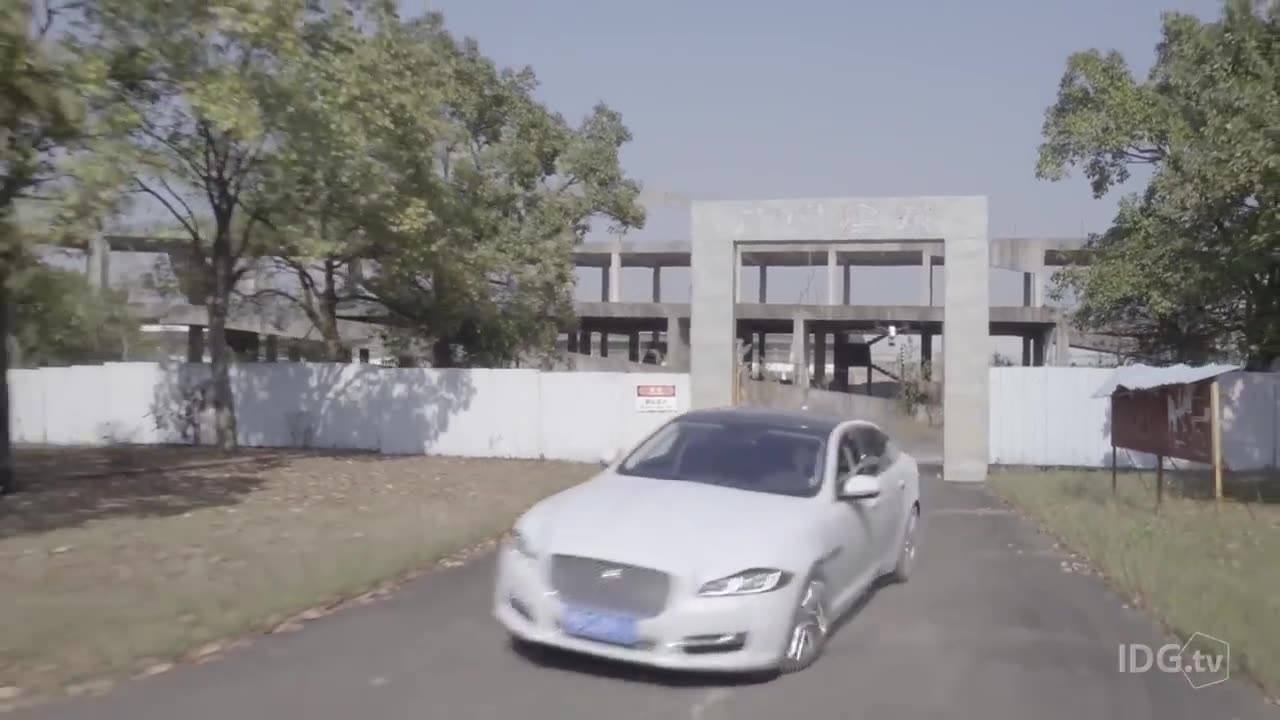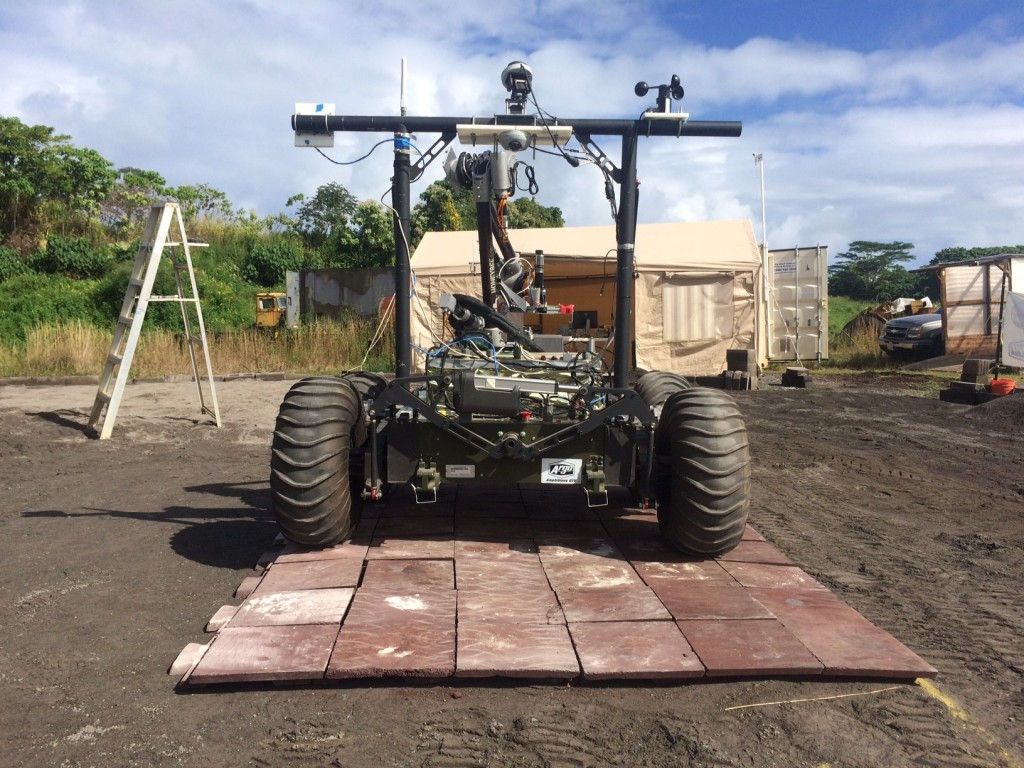Page 11309
Mar 22, 2016
Scientists have seen the shockwave from a star’s collapsing core for the first time
Posted by Shailesh Prasad in categories: military, space
Astronomers have for the first time seen a shockwave generated by a star’s collapsing core and captured the earliest minutes of two exploding stars.
An international team of scientists found a shockwave only in the smaller supernova, a finding that will help them understand these complex explosions which create many of the elements that make up humans, the Earth and the Solar System.
“It’s like the shockwave from a nuclear bomb, only much bigger, and no one gets hurt,” says Brad Tucker from the Australian National University (ANU).
Mar 22, 2016
Can Google Expand Cuba’s Censored Internet? — By David Talbot | MIT Technology Review
Posted by Odette Bohr Dienel in categories: education, internet, media & arts
“President Obama seems to think Google can help increase Internet access in a country that has not historically been interested in unfettered connectivity.”
Mar 22, 2016
A first look at Liam: Apple’s massive robot that takes apart old iPhones
Posted by Shailesh Prasad in categories: mobile phones, robotics/AI
Mar 22, 2016
Floating city made out of garbage
Posted by Shailesh Prasad in categories: futurism, habitats

Click on photo to start video.
This futuristic floating city will be made out of garbage and house 20,000 residents.
Mar 22, 2016
What happens when you pair a top Hollywood stunt driver with one of the world’s best drone pilots?
Posted by Shailesh Prasad in category: drones
Mar 21, 2016
Viewpoint: Quantum Hoverboards on Superconducting Circuits
Posted by Andreas Matt in category: quantum physics
A new quantum device uses a superconducting circuit to monitor a 2D gas of electrons floating on the surface of superfluid helium.
Mar 21, 2016
Robot-Built Landing Pad Could Pave the Way for Construction on Mars
Posted by Sean Brazell in categories: materials, robotics/AI, space
A robot has built a prototype launch-and-landing pad in Hawaii, potentially helping pave the way for automated construction projects on the moon and Mars.
The robotic rover, named Helelani, assembled the pad on Hawaii’s Big Island late last year, putting together 100 pavers made of locally available material in an effort to prove out technology that could do similar work in space.
“The construction project is really unique. Instead of concrete for the landing pad, we’re using lunar and Mars material, which is exactly like the material we have here on the Big Island — basalt,” Rob Kelso, executive director of the Pacific International Space Center for Exploration (PISCES) in Hawaii, told Hawaiian news outlet Big Island Now. PISCES partnered with NASA on the project, which is part of a larger program called Additive Construction with Mobile Emplacement, or ACME for short. [The Boldest Mars Missions in History].
Mar 21, 2016
Resurrection and Biotechnology
Posted by Ira S. Pastor in categories: biotech/medical, disruptive technology, Elon Musk, futurism, human trajectories, neuroscience, posthumanism, Ray Kurzweil, Skynet, transhumanism
“He is not here; He has risen,” — Matthew 28:6
As billions of Christians around the world are getting ready to celebrate the Easter festival and holiday, we take pause to appreciate the awe inspiring phenomena of resurrection.
In religious and mythological contexts, in both Western and Eastern societies, well known and less common names appear, such as Attis, Dionysus, Ganesha, Krishna, Lemminkainen, Odin, Osiris, Persephone, Quetzalcoatl, and Tammuz, all of whom were reborn again in the spark of the divine.
Tags: aging, aging research, Bill Gates, biotech, biotechnology, brain death, Death, Elon Musk, evolution, God, Google, human evolution, immortalism, immortality, matrix, Neuroscience, past lives, posthumanism, Ray Kurzweil, reanimation, rejuvenation, Religion, Remote sensing, resurrection, savantism, skynet, Stephen Hawking, transhumanism, vatican, wearables
Mar 21, 2016
Relatively slow greenhouse injections triggered ancient hothouse — By Eric Hand | Science
Posted by Odette Bohr Dienel in categories: environmental, events, science
“There is a cautionary tale buried in Earth’s past. Some 56 million years ago, about 10 million years after the dinosaurs went extinct, a massive amount of carbon surged into the atmosphere, triggering a rise in temperature of 5°C. Scientists often look to the so-called Paleocene-Eocene thermal maximum (PETM) as an analog for today’s rising temperatures, because the magnitude of that ancient carbon injection is thought to be comparable to what humans will release if fossil fuel emissions continue unabated for a few more centuries.”

















